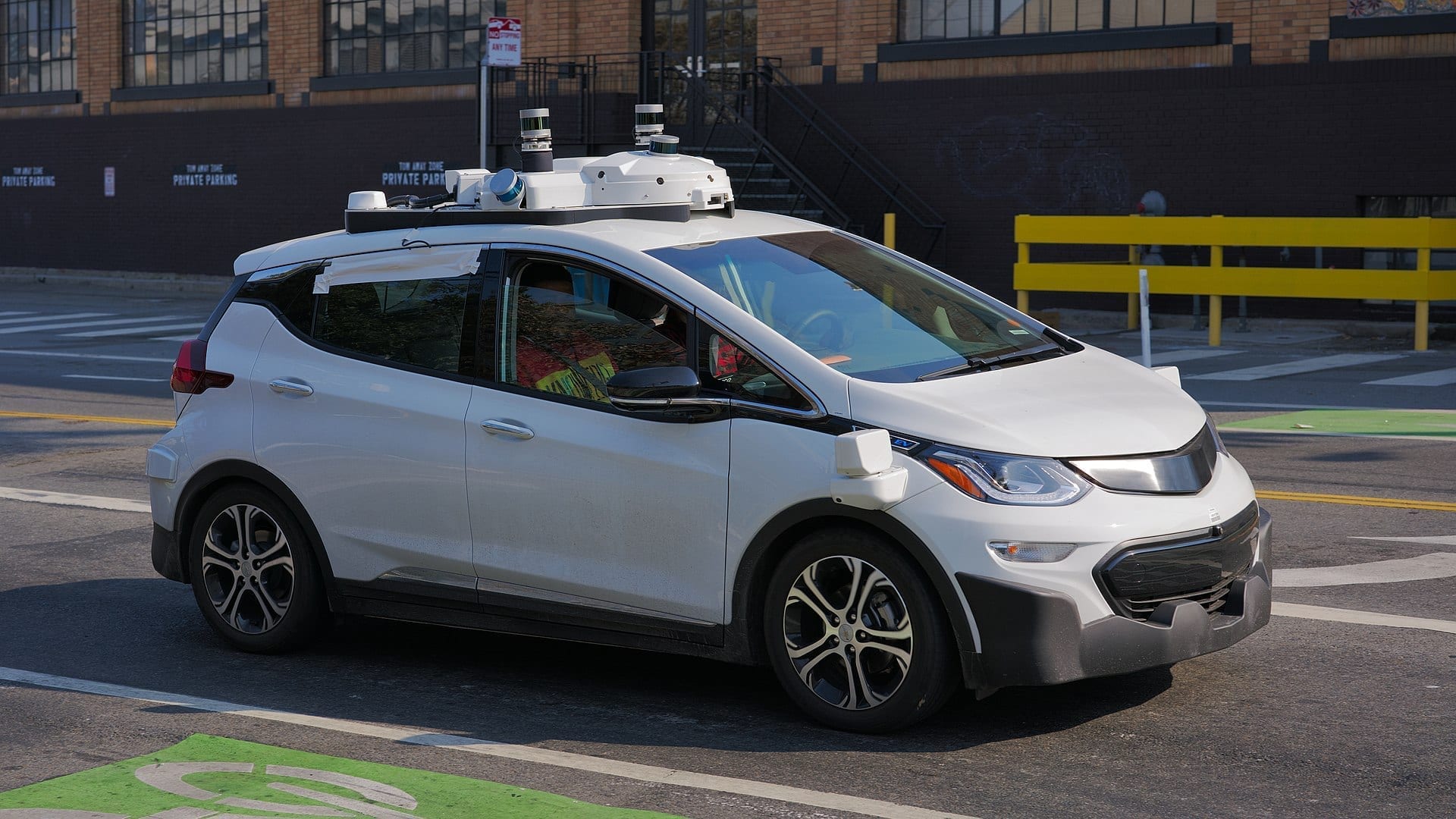General Motors is facing one of the first lawsuits involving an accident between a self-driving vehicle and another motorist.
According to The Guardian, motorcyclist Oscar Nilsson ran afoul of an autonomous Chevrolet Bolt on December 7th of last year. While the Bolt was ostensibly under the control of a backup driver, it “suddenly veered into Nilsson’s lane, striking Nilsson and knocking him to the ground.”
However, a California Department of Motor Vehicles report determined the biker was likely at fault:
“As the Cruise AV was re-centering itself in the lane, a motorcycle that had just lane-split between two vehicles in the center and right lanes moved into the center lane, glanced the side of the Cruise AV, wobbled and fell over,” read the report. “The motorcyclist was determined to be at fault for attempting to overtake and pass another vehicle on the right under conditions that did not permit that movement safely.”
The low-speed accident brought Nilsson’s two-wheeler to the ground but wasn’t life-threatening. At the time of the collision, the Bolt and bike were traveling at 12 miles per hour and 17 miles per hour, respectively.
Lane-splitting – the practice of riding a motorbike between two vehicles occupying full, adjacent lanes – is legal in California, albeit only at low speeds. Rather than being found at fault for performing the maneuver, Nilsson seems guilty of exiting executing a split with the intent of passing from the right-hand lane.
Nilsson was able to walk his motorcycle to the side of the road. He and the Bolt’s backup driver exchanged insurance information. Shortly thereafter, Nilsson was taken away to receive medical care for an apparent shoulder injury.
While the Department of Motor Vehicles and responding police officer found Nilsson at fault, the biker’s lawyer, Sergei Lemberg, disputed the report.

“I don’t know how a police officer can tell, after the fact,” said Lemberg. “I don’t know that it’s fair to blame this act on the completely innocent person who’s just driving down the road and gets hit.”
General Motors – possibly to its detriment – said it intentionally tests its vehicles in challenging traffic conditions.
A GM spokesperson told Jalopnik, “Safety is our primary focus when it comes to developing and testing our self-driving technology. In this matter, the San Francisco Police Department collision report determined that the motorcyclist merged into our lane before it was safe to do so.”
Near the end of its article on the suit, The Guardian raised an interesting question – whether drivers or technology companies should be held at fault for accidents involving autonomous vehicles.
Professor Bryant Walker Smith of the University of South Carolina’s School of Law proposed a commonsense hypothesis: that companies will quickly settle suits if they believe their technology provoked an accident but will defend themselves fiercely if they suspect the human operators of other vehicles were at fault.
Sources
GM is being sued after its self-driving car collided with a motorcyclist
GM sued by motorcyclist in first lawsuit to involve autonomous vehicle


Join the conversation!